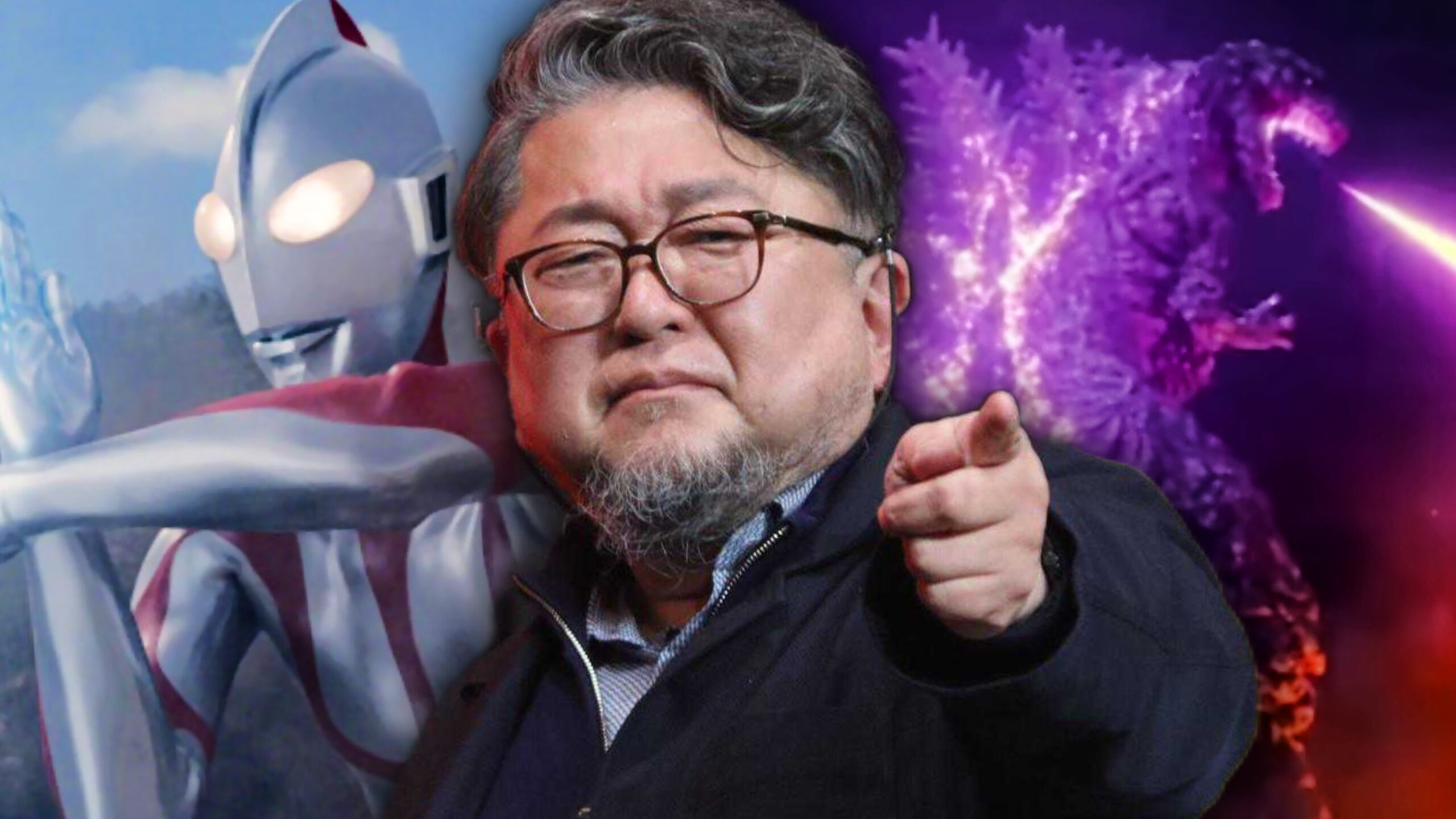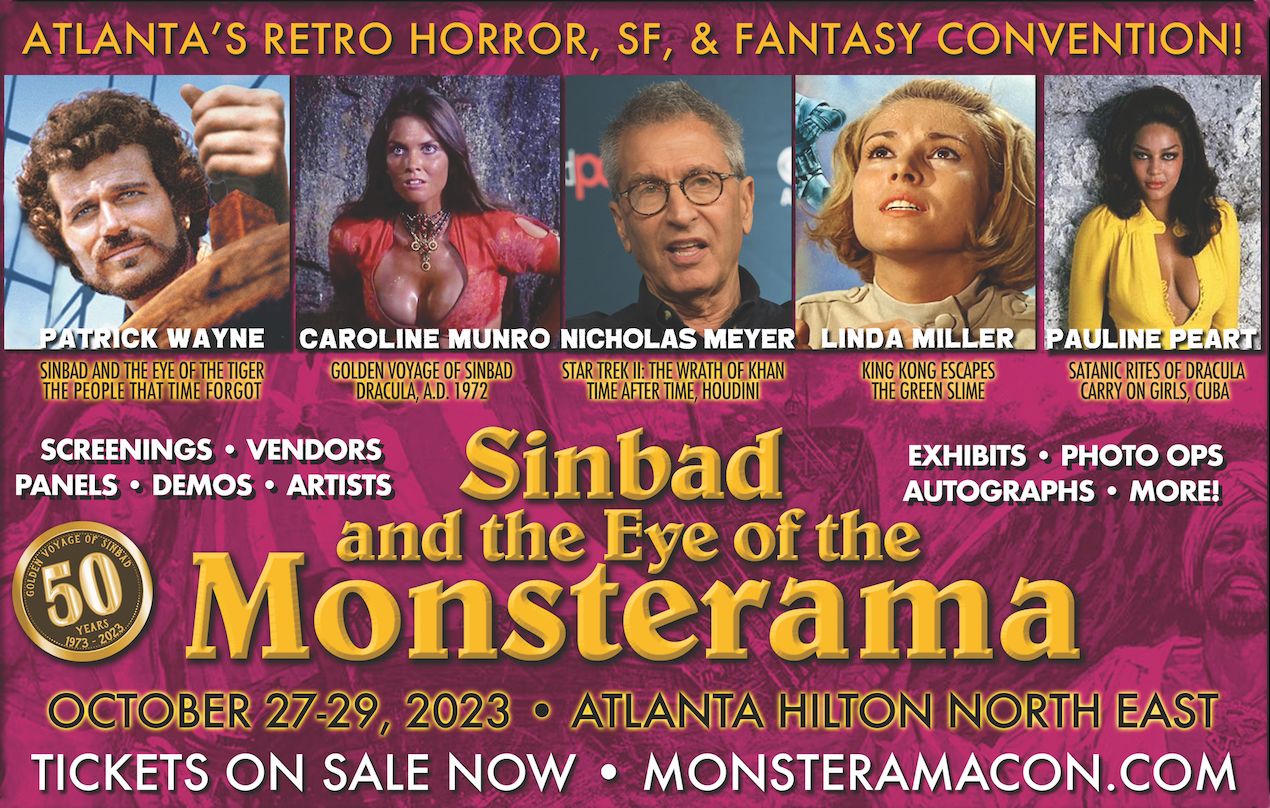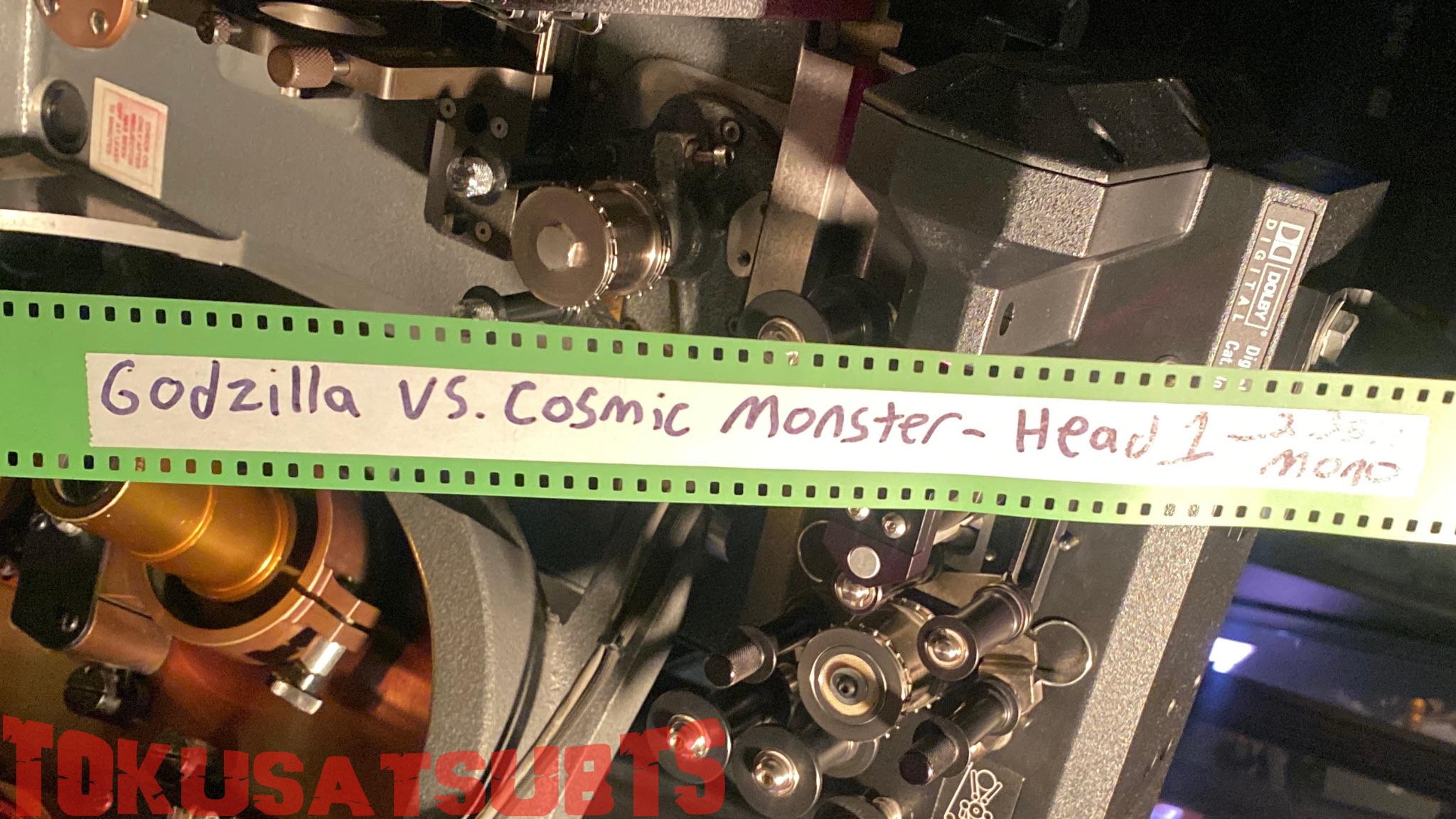From being mentored by the likes of Teruyoshi Nakano and Koichi Kawakita, to being an award-winning director, Shinji Higuchi has been pushing the art of tokusatsu to its limits with every chance he gets. Growing up with the Godzilla and Ultraman franchises, he has developed a deep love and appreciation for the medium, as his passion for tokusatsu oozes in every production he is part of. And it is because of this love that he was able to leave his mark on the Japanese film industry.
In recent years, Higuchi has truly honed his skills as a filmmaker. Since the early 2010’s, he has had a very consistent output in terms of quality, using his expertise in animation to elevate live-action cinema in ways never before thought to have been conceived. Here at Kaiju United, I have the honor to have us journey through the major highlights of Shinji Higuchi’s career, and break down what exactly makes him one of the greatest tokusatsu filmmakers and pioneers to grace the art form itself.
5. The Floating Castle

Four years after The Last Princess (a remake of Akira Kurosawa’s The Hidden Fortress), Higuchi decided to tackle another jidaigeki film based on Ryo Wada’s 2007 novel, The Floating Castle. Made to celebrate the 60th anniversary of Tokyo Broadcasting System, this Sengoku-era epic would be co-directed alongside Isshin Inudo (Josee, the Tiger and the Fish, House of Himiko). Together, the two would combine their love for character drama and heightened theatrics to take Wada’s story about the Siege of Oshi to the big screen.
The Floating Castle kicks off with the expansion of Hideyoshi Toyotomi (played by Masachika Ichimura, who some may recall as Mewtwo from Pokemon: The First Movie) and his rally against the Hojo Clan, who reside in Oshi, where the legendary Floating Castle stands. In hopes to deter the oncoming daimyo’s forces from seizing their land, the Hojo Clan sends the castle’s constable, Nagachika Narita (played by Mansai Nomura, who would later play as Shin Godzilla’s mo-cap actor!), to lead 500 men against the Toyotomi Clan’s 20,000 warriors. The clans inevitably face off in a war for the Floating Castle in this operatic tale about standing righteous against monumental odds.

The Floating Castle turned out more than enough to be nominated for 10 awards, winning Best Art Direction at the 36th Japan Academy Film Prize. The way it turns a historic battle into a pleasantly energetic comedy drama is done superbly with genuinely phenomenal production design that wonderfully captures its rich feudal setting, full of eccentric and charismatic characters who play off one another immensely well, and battle scenes that are crafted with sweeping excellence. This film is truly a massive theater play brought to life through a grand cinematic lens, making for both an exciting and comfy experience.
4. Shin Godzilla

During the King of the Monsters’ renaissance period of the mid-2010’s (thanks to the success of the 2014 American reboot), Higuchi famously encouraged longtime partner Hideaki Anno to collaborate on Japan’s revival of their icon. Whereas Anno would be in charge of the story, Higuchi would handle the visuals and special effects. What followed was the development of one of the strangest, yet creatively unique takes on Godzilla yet.
Establishing an alluring tone that evokes the 3/11 and Fukushima disasters that were still fresh on the minds of audiences, Shin Godzilla depicts a modernization of the original 1954 film, but from a bureaucratic perspective. The appearance of Godzilla causes immediate confusion and turmoil for the nation, and the Japanese government must pierce through constant webs of red tape to fight back against the monster’s rampage as it reaches Tokyo. Along the way is a series of fast, engaging sequences that go back and forth between boardroom meetings where the characters and the viewer try to understand Godzilla’s presence while protecting Japan’s citizens, and destruction sequences that have proven themselves to be nothing short of magnificent, if not iconic.

While Anno’s style may be an acquired taste, Higuchi’s skill when it comes to creating eye-catching moments truly heightens the Shin Godzilla’s tone and aesthetics. With an interestingly unique cast of characters, a strong visual identity, and haunting undertones within its story, Shin Godzilla quickly climbed the ranks of being hailed as one of the best Godzilla films in the franchise’s history. All in all, it does an incredible job capturing the feelings of uncertainty that come in the midst of a modern day disaster.
3. Bullet Train Explosion

After the release of 2022’s Shin Ultraman, Higuchi was ready to deliver another lovely tribute to a beloved tokusatsu classic in the form of Bullet Train Explosion, a remake (that is also a sequel) to the 1975 Junya Sato crime thriller titled The Bullet Train (aka Shinkansen Explosion). While Higuchi was denied funding for the film from plenty of film companies (possibly due to the risks that would come with filming such a production), it was not until Netflix agreed to accommodate for the director’s needs to make this dream come to life, including the film being made as an official collaboration with the East Japan Railway Company.
The film immediately opens at a breakneck pace, pulling you into the action as a Shinkansen liner, Hayabusa No. 60, is hijacked by a mysterious bomber for ransom– if the train’s speed were to dare drop below 100 km/h, the whole transport goes sky-high. Meanwhile, the conductors and authorities must get to the bottom of this terrorist act, doing everything to save face and ensure the safety of the passengers. And no, this movie did not rip off Speed, but rather, Speed was inspired by 1975’s The Bullet Train.

While Bullet Train Explosion boasts a near-perfectly seamless blend of various set pieces that is enhanced by very charming and memorable characters (including Higuchi regulars Tsuyoshi Kusangai, Satoru Matsuo, and Pierre Taki), the film surprisingly hits as a story that is not so much about people who have been wronged to wanting power, but one that is about the failings of a system whose noble actions can leave damaging ramifications for those who may be connected. Yet, it is because of these wrongdoings and the faults of our society that inspire us to come together and unite in the faces of crises. Bullet Train Explosion may not be as grandiose as Higuchi’s prior tokusatsu films, but it is undoubtedly an absolute blast that is thoroughly gripping from start to finish.
2. Attack on Titan (Part 1 & Part 2)

(I know what you’re thinking. Just hear me out.)
Based on the popular manga of the same name, Attack on Titan came about at an interesting time when the story was yet to be finished, and had a production cycle that predates the 2013 anime that would explode the series to great heights. After being rejected by a handful of filmmakers (due to such an ambitious film being “impossible”), it was not until Higuchi stepped up to take on this behemoth of a 3 billion yen project (that is almost 25 million USD in 2015) in easily his most daring production yet. And after meeting with the manga’s creator, Hajime Isayama, to discuss the story, the mangaka gladly joined the creative process to help make such an epic possible for the big screen.
Set in an alternate history where giant man-eating humanoids named Titans ravaged the world, the last of human civilization lives within three gigantic walls that keep the creatures at bay. However, when a Colossal Titan appears to destroy the outer wall, Titans come pouring in, and feast upon humanity once more. A young man named Eren (played by the late Haruma Miura) vows vengeance upon the goliaths for wiping out his hometown and destroying the world, but finds himself stumbling through waves of conspiracy and uncertainty, as secrets surrounding the place he called home begin to unravel.

Despite their handful of deviations from the source material (which were insisted upon by Isayama himself), there are plenty of emotional and action-driven highlights that harken back to the very core foundation that Attack on Titan had built itself upon, being a story about what anger drives people to do, what they are willing to commit as a means to achieve peace, and ultimately, freedom. With such a bleak and over-the-top tone with animated, yet surprisingly nuanced characters supported by stellarly dramatic performances, you have an adaptation that comes off as a distilled version of its source material in its truest form. And having the addition of a scope that is hardly ever seen in a tokusatsu film production nowadays, helped by an incredible blend of elaborate sets, miniatures, and suitmation with digital enhancements (otherwise known as Higuchi’s “Hybrid” method), you have what is undoubtedly one of the most important tokusatsu films to ever exist in the modern era– and perhaps the last you will ever see that is anything like it. Truly a labor of love for the art that in no way deserves the harsh vitriol it has received.
Honorable Mention: Giant God Warrior Appears in Tokyo

Here we have another partnered effort with Hideaki Anno, and a rather underrated one at that. In this collaboration with Studio Ghibli, the duo created a short prequel set prior to the events of the Hayao Miyazaki classic, Nausicaa of the Valley of the Wind from 1984.
The short opens with a narration by Megumi Hayashibara (who some may recall as Rei from Neon Genesis Evangelion), who speaks of the impending destruction that is to be brought upon by the titular God Warrior. It is not long until the creature begins to lay waste to Tokyo– and eventually, the world itself.

Being just a brisk 10-minute viewing, Giant God Warrior Appears in Tokyo manages to accomplish a ton within its runtime. The short is filled to the brim with outstanding visuals and brilliant mixes of special effects that graciously combine miniatures, puppetry, and CGI. Just speaking of this film’s qualities does very little to do it any justice whatsoever; to put it bluntly, Giant God Warrior Appears in Tokyo is a magnificent experience to behold as a wondrous technical achievement for tokusatsu filmmaking.
1. Shin Ultraman

Shin Ultraman marks the second live-action entry of Hideaki Anno and Shinji Higuchi’s “Shin Japan Heroes Universe.” While being occupied with Shin Kamen Rider, Anno let Higuchi take the reins of this fantastic revival of Japan’s most beloved and influential superhero icon. And the result is a condensed reinterpretation of the original 1966 television series’ events through a modern science fiction lens that sticks beautifully true to the themes of not just the show, but the Ultra Series as a whole.
As kaiju begin popping up across Japan at random, a giant alien crash lands on Earth, and assumes the identity of SSSP officer Shinji Kaminaga (Takumi Saitoh). The alien reveals itself as Ultraman (notably portrayed by the original Ultraman, Bin Furuya, plus Anno in small instances), who arrived on a mission to protect and learn from the human inhabitants, defending the planet from monsters. But, as alien invaders make their presence known to the world, tensions begin to rise as Earth has become a prime target for total destruction.

Having already worked in the Ultra Series through Akio Jissoji’s Ultra Q: Legend of the Stars and Ultraman: The Ultimate Hero (aka Ultraman Powered), the way Higuchi captures the identity of the original series feels so fresh, yet familiar in its neat episodic story structure and unique cinematography. Higuchi really brings home the spirit of Ultraman as an inspiring film that asks what it means to be human, how willing we are to protect and fight for the things we love, and how much we value life itself. With tons of highlights and callbacks to the original TV series, coupled with a shining cast of characters, as well as extraordinary action sequences that push the very limits of Japanese VFX, nobody could ask for a better tokusatsu superhero film that delivers hope in a way that transcends the screen itself.





